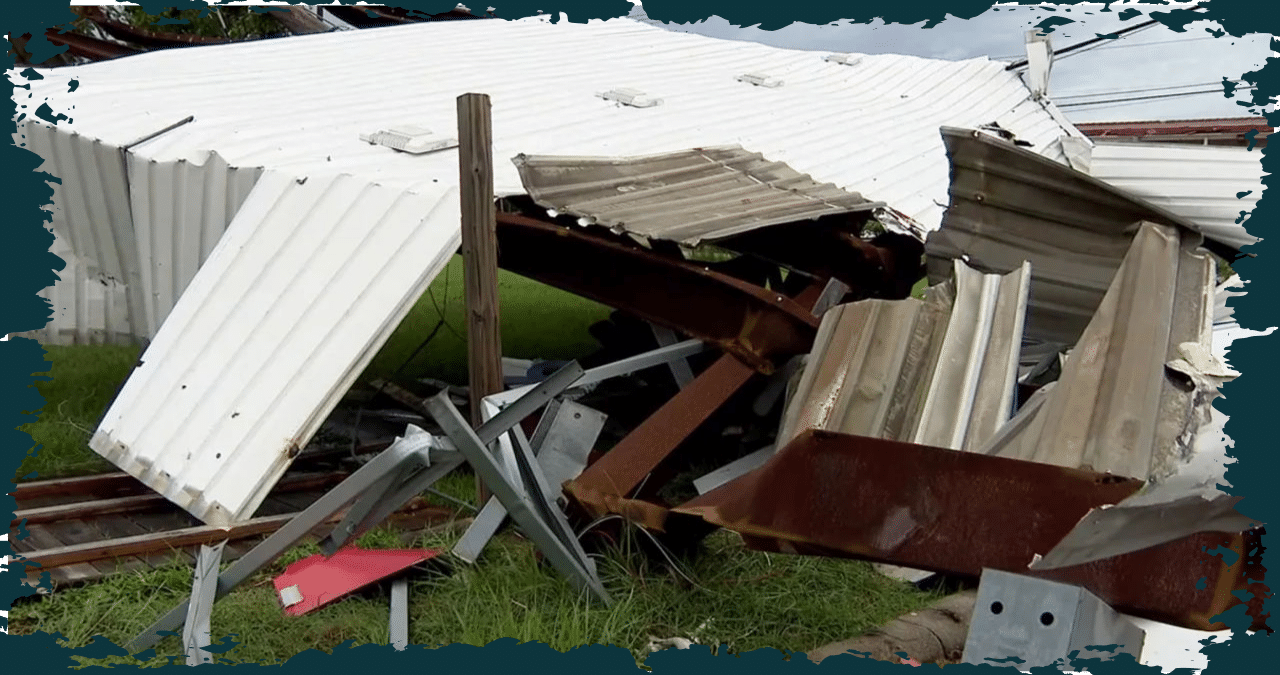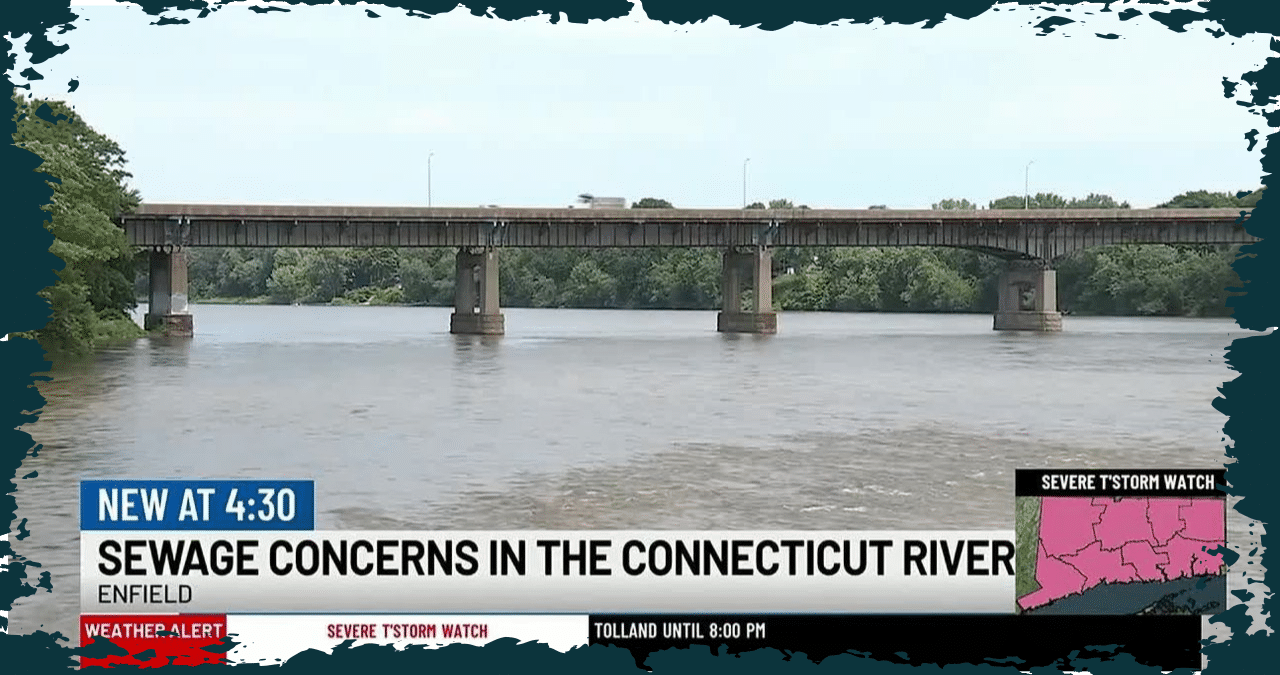Wastewater across the country is showing a significant increase in coronavirus levels, suggesting that the summer surge is still on the rise.
According to the U.S. Centers for Disease Control and Prevention, for the first time this summer, national virus measurements in sewage have reached “high” levels. The agency has reported that COVID-19 is either growing or probably growing in 44 states and the nation’s capital.
As of the week ending on July 6th, the CDC data reveals that California, along with six other states, including Arkansas, Florida, Maryland, Nevada, Oregon, and Texas, has “very high” coronavirus levels in its wastewater. This marks the first time since winter that California has reached this level. Additionally, 19 other states across the country, representing every region, have reported high levels of coronavirus in their sewage.
According to recent estimates, the levels of coronavirus in California’s wastewater have risen significantly compared to last summer. In fact, two of the largest sewersheds in Northern California, which cover San Jose and Palo Alto in Santa Clara County, have reported high levels of the virus in their wastewater. It is worth noting that Santa Clara County is the most populous county in the region.
According to recent reports, California is seeing a surge in positive COVID-19 test results, with a rate that is almost reaching last summer’s peak. In the week ending on July 8th, 13% of reported tests came back positive, compared to 4.8% for the same week just a month earlier. This latest rate is almost on par with last summer’s peak of 13.1% which was recorded in late August and early September.
Coronavirus levels in the wastewater of Los Angeles County, the most populous county in the United States, have seen a significant increase.
The L.A. County Department of Public Health has reported a surge in the number of COVID-19 cases, emergency department visits, and hospitalizations. According to a statement given to The Times, the department has expressed concerns over the recent spike. It is too early to predict whether this summer will see a larger wave of cases compared to last year.
According to the health department, the coronavirus levels in L.A. County sewage were at 27% of last winter’s peak during the 10-day period that ended on June 29, which is the most recent information available. This is a notable increase from the previous comparable period that ended on June 22, which was at 17% of last winter’s peak.
The number of COVID cases in the county has surged, with an average of 307 new cases per day for the week ending on July 7. This is a significant increase from the 121 cases per day reported a month earlier. It’s worth noting that last summer’s peak saw a daily average of 571 cases for the week ending on August 26.
Although officially reported cases do not reflect at-home testing and the fact that fewer people are getting tested for COVID when they are sick, it is still beneficial to use case counts as a means of evaluating overall trends. It is important to note that these reported cases are likely an undercount as they only account for test results from medical facilities.
The number of emergency room visits related to the coronavirus in L.A. County has increased recently. As of the week ending July 7th, 2.5% of ER visits were coronavirus-related, which is up from 1.5% a month ago. In comparison, at the peak of the pandemic last summer, for the week ending August 27th, 5.1% of emergency room visits were related to the coronavirus.
In contrast to previous years, the midyear surge in COVID cases in L.A. County began earlier than usual in May 2022. Typically, this surge occurs in early July, as seen in 2021 and 2023. However, this year’s increase arrived earlier than anticipated.
According to officials, Kaiser Permanente Southern California is witnessing a surge in cases, primarily among outpatients. The healthcare organization is closely monitoring the situation and taking necessary measures to address the issue.
According to Kaiser Southern California’s regional chief of infectious disease, Dr. Elizabeth Hudson, the numbers are slowly but steadily rising. She emphasized the need to monitor the situation closely after the Fourth of July, as this is typically when an increase in cases is observed. “We’ll have to see where things go now,” she said.
Health officials across the country are closely monitoring the surge in infections. In response to the rising number of cases, the Department of Health and Mental Hygiene in New York City has advised residents to consider wearing masks, particularly in crowded indoor settings and for those who are at higher risk. The agency took to social media on Tuesday, urging New Yorkers to “mask up” and accompanying the message with an illustration of passengers wearing masks on mass transit.
As we speak, coronavirus cases are on the rise again, and it’s due to the emergence of a new subvariant called FLiRT. This subvariant is estimated to be 20% more transmissible than the previous dominant subvariant from winter. Recent reports show that FLiRT subvariants, which include KP.3, KP.2, and KP.1.1, made up an estimated 70.5% of COVID specimens tested in the two-week period that ended on July 6th. This is a significant increase from the 54.9% recorded just a month prior.
According to the CDC, there are currently no states where the summer wave of COVID-19 cases is declining or showing signs of decline. However, there are three states, namely Hawaii, New Mexico, and Oregon, where the trend in COVID cases is either stable or uncertain. The CDC did not provide any estimates for Missouri, Wisconsin, or Wyoming.







